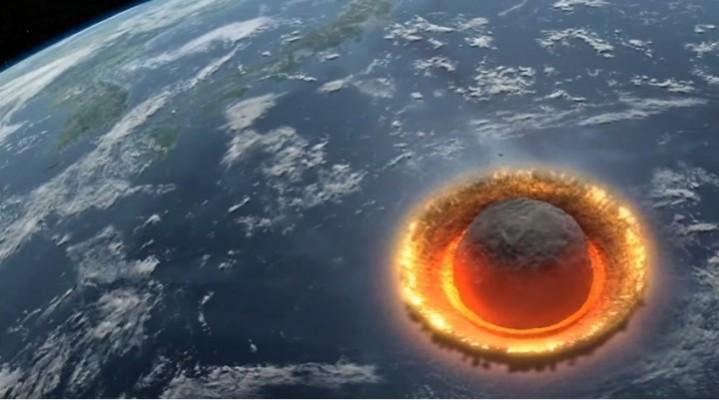
Asteroid 2012 TC4 will be making its closest approach to Earth on October 12, 2017. It will be the biggest space rock to get so close to Earth.
ALSO READ: China's FAST radio telescope detects two pulsars during trial run
Discovered in 2012 with the help of Panoramic Survey Telescope and Rapid Response System in Hawaii, asteroid TC4 is guessed to be around 30 feet to 100 feet in size; it will pass by Earth's surface at a distance of 6759.245 kilometres (4,200 miles) at a pace of 14 kilometres per second (30,000 mph).
This amazing astronomical event will be aired on a webcast by Slooh astronomy broadcasting service at 5:30 AM IST on October 13 (12:00 AM GMT on October 12).
The online Virtual Telescope Project is another website that will be broadcasting the flyby at 12:30 AM IST on Thursday October 13 (1900 GMT on October 12) and 7:30 AM IST on Thursday October 13 (2:00 AM GMT on October 12)
ALSO READ: UFO spotted hovering over the Yellowstone Supervolcano [VIDEO]
"Slooh will train its telescopes on 2012 TC4 in an attempt to capture the fast-moving space rock as it passes between Earth and the moon," Slooh representatives state, as quoted by a statement.

"Commentary from our asteroid experts will explore the threat asteroids pose to our planet, both in reality and in the human imagination," they added.
NASA will be taking a great advantage of this opportunity and test the potential of its planetary defense system to make sure it functions flawlessly when Earth will be at the risk of a space rock collision.
"This is a team effort that involves more than a dozen observatories, universities and labs across the globe so we can collectively learn the strengths and limitations of our near-Earth object (NEO) observation capabilities," said Professor Vishnu Reddy of the University of Arizona's Lunar and Planetary Laboratory in Tucson.
ALSO READ: Strange lights spotted in sky over Grand Parkway, Texas [VIDEO]
The NASA astronomers at NASA's Center for Near-Earth Object Studies (CNEOS) at NASA's Jet Propulsion Laboratory lately analysed the asteroid and found a more precise orbit of the space rock and the closest proximity at which it will fly past Earth, which will be around 50,200 kilometres (31,200 miles). The average distance at which the Moon orbits Earth is 384,600 kilometres (239,000 miles).
The CNEOS also revealed that the time at which the space rock will skim past Earth at 11:12 AM IST (0542 GMT) on Thursday, 12 October.
Though this is an extremely close approach of TC4, the astronomers have assured that the asteroid won't pose any threat to life.

















